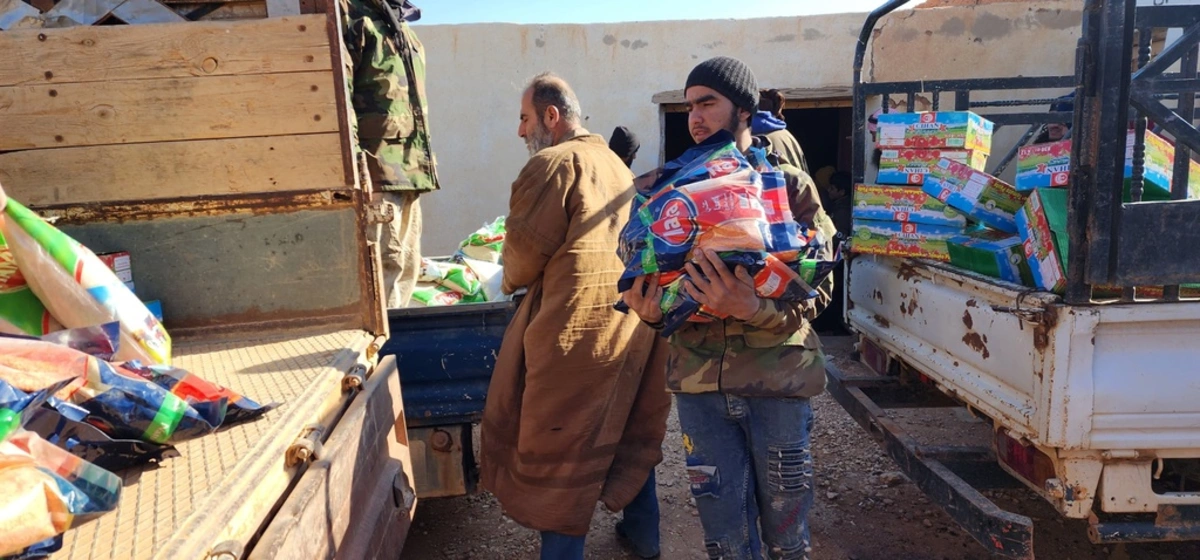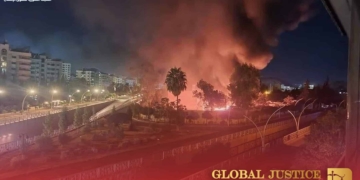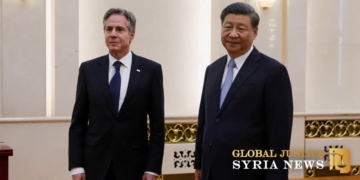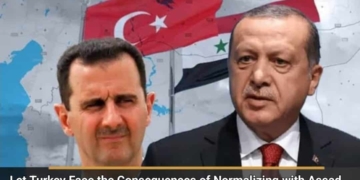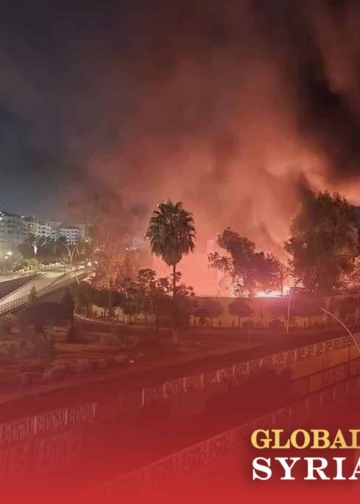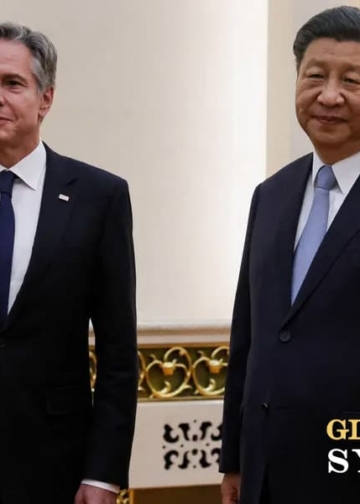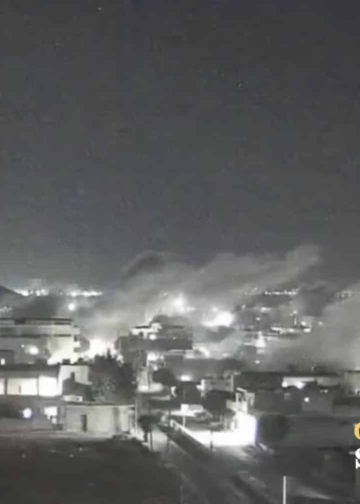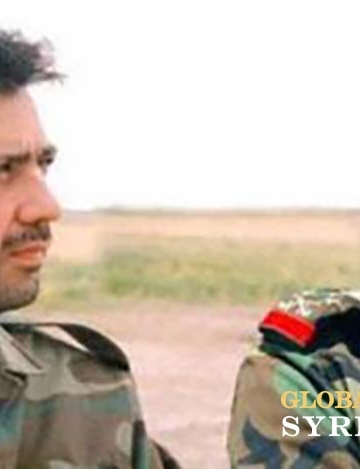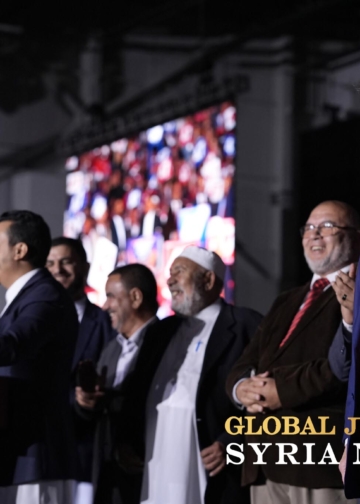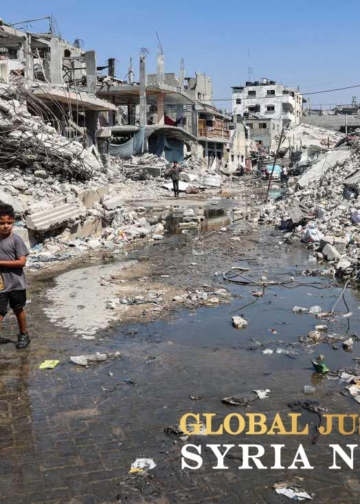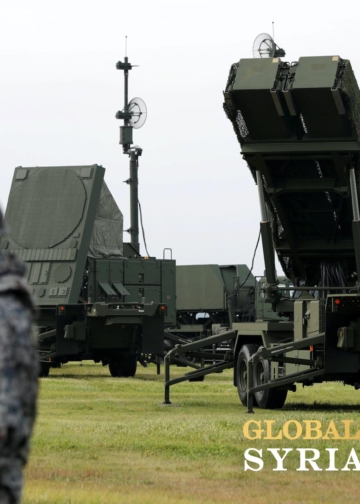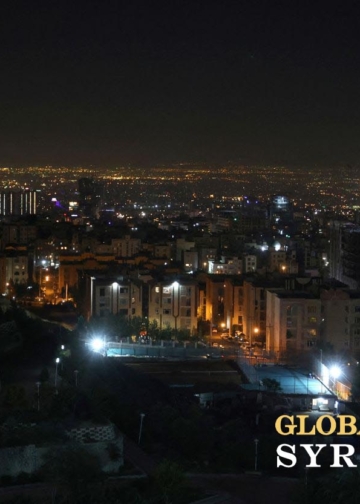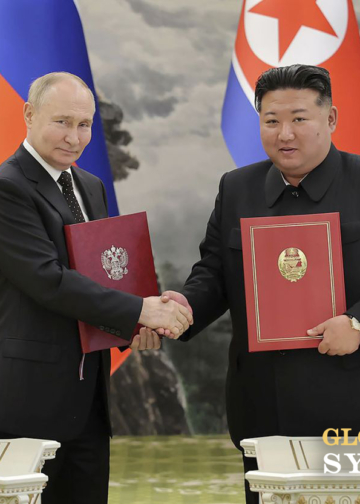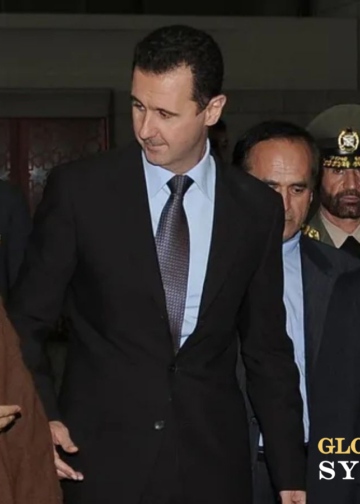By Denise-Nicole Stone
Introduction
A community of 8,000 Syrians is receiving lifesaving supplies for the first time since 2019, thanks to one organization’s creative use of a little-known US government aid program.
The Syrian Emergency Task Force (SETF) utilized the US government’s Denton Humanitarian Assistance Program, which allows organizations and private citizens to use additional space on military cargo aircraft to transport humanitarian aid to an approved list of countries. Leveraging the Denton Program to circumvent Syria’s Assad regime is an enormous breakthrough. This strategy can be used to access other countries supported by US Department of Defense transportation services where humanitarian aid is limited or obstructed.
About Rukban
Many fled to this area in Syria near the border with Jordan, known as Rukban camp, from other areas of Syria during the past thirteen years of conflict. For years, the Assad regime and its allies have laid siege to the camp, preventing food, medicine, and other essential assistance from reaching its residents. The Assad regime has commonly used blockades to amplify harm against civilians and punish areas outside regime control. In June 2023, SETF, a non-governmental organization dedicated to ending the conflict in Syria through advocacy, humanitarian initiatives, and justice and accountability efforts, successfully launched Operation Syrian Oasis, providing the camp with much needed humanitarian aid and supplies. This groundbreaking development has the power to dramatically improve the quality of life for the residents of Rukban and can inspire new approaches to aid delivery.
Rukban camp lies within the 55 km “deconfliction zone” surrounding the United States al-Tanf military base. Many Syrian civilians arrived at the camp seeking safety and entry to Jordan. However, when the border closed in 2016, thousands of civilians were stranded. The Syrian government and its allies, Russia and Iran, systematically obstruct humanitarian aid, potentially to coerce people into returning to regime-controlled territory. Rukban has been described as “no man’s land” and the last United Nations delivery to the camp occurred in 2019. Without aid, living conditions in the camp became dire. For years, humanitarian assistance organizations have tried and failed to reach Rukban while conditions in the camp worsened.
Prior to Jordan’s border closure, an estimated 110,000 people lived in Rukban. That number has steadily dwindled as many left due to conditions imposed on the camp. However, leaving is exceedingly dangerous. The Assad regime has labeled all who fled the conflict “terrorists,” and therefore, those who return to regime-controlled areas are subject to arrest, enforced disappearance, and torture. Residents face an impossible choice between the risks of staying in Rukban and the risks of going home.
Conditions in Rukban
The camp lacks basic sanitation and securing clean water is a daily struggle. Food is scarce and many in the camp suffer from malnutrition. Without aid, residents have been forced to rely on expensive smuggled goods. The camp lacks proper housing and, unable to afford firewood, residents burn plastic for warmth.
Health Care
The camp lacks adequate medical facilities and has no doctors. A 2023 assessment conducted by SETF reported that “residents suffer from malnutrition, acute diarrhea, respiratory diseases, high blood pressure, diabetes, hyperthyroidism, seizures, dental issues, maternal health, and other conditions.”
Children are especially vulnerable. In 2019, a UNICEF Regional Directorate stated “In just one month, at least eight children — most of them under four months and the youngest only one hour old — have died… the lives of babies continue to be cut short by health conditions that are preventable or treatable” The health care system is in desperate need of resources.
Education
More than 1,000 of Rukban’s residents are children. Schools are severely under-resourced and the existing curriculum only teaches basic literacy. SETF found that many school-aged children do not attend school because their families cannot afford supplies, and because children are needed for daily tasks, such as finding water. A generation of children is being deprived of an adequate education.
Operation Syrian Oasis
In June 2023, through Operation Syrian Oasis, SETF facilitated the first delivery of humanitarian aid to Rukban since 2019. This was the culmination of two years of effort. SETF utilized the US government’s Denton Humanitarian Assistance Program, which allows organizations and private citizens to use additional space on military cargo aircraft to transport humanitarian aid to an approved list of countries. Deliveries are dependent on space availability.
SETF first pressed for Syria to be added to the program’s list of approved countries. Once added, they purchased supplies that were transported to Al-Tanf base via military planes and distributed by SETF. By delivering aid via US military transport directly to a US base, SETF effectively bypassed the blockade and broke the siege. This operation marked the first time a US organization used the Denton program to make multiple aid deliveries via military aircraft.
Since June, SETF has made six deliveries to Rukban. These shipments included irrigation equipment, fertilizer and seeds; baby formula and prenatal vitamins; 16,000 school books and school supplies; and food baskets and yeast. SETF intends to make consistent deliveries and anticipates that every six months residents will require yeast and food baskets, prenatal vitamins, and baby formula. Additionally, they are planning a one-time delivery of infant and one-month formula, 10 sewing machines, 1 bread mill machine, wood heaters, blankets, and rain insulators. The aid packages are designed to get essential equipment to those who need it, and are based on a needs assessment conducted in cooperation with the 1,854 families living in Rukban.
Implications
Operation Syrian Oasis has given residents the tools to grow crops, increasing food security. A school principal in Rukban told SETF, “Breaking the siege means survival. It means there is hope for life in this place in the middle of the desert and the midst of the imposed siege.”
Despite this breakthrough, civilians in Rukban continue to need assistance that will require coordination and creativity among aid organizations. With the siege broken, humanitarian aid organizations can collaborate to ensure vital resources continue to flow into Rukban.
Civilians in Syria continue to endure mass atrocities and dangerous living conditions thirteen years into the conflict. The success of Operation Syrian Oasis in Rukban is one bright spot and shows that persistent efforts to deliver for the Syrian people can produce tangible results. This success should inspirefuture creative humanitarian efforts.
ushmm



